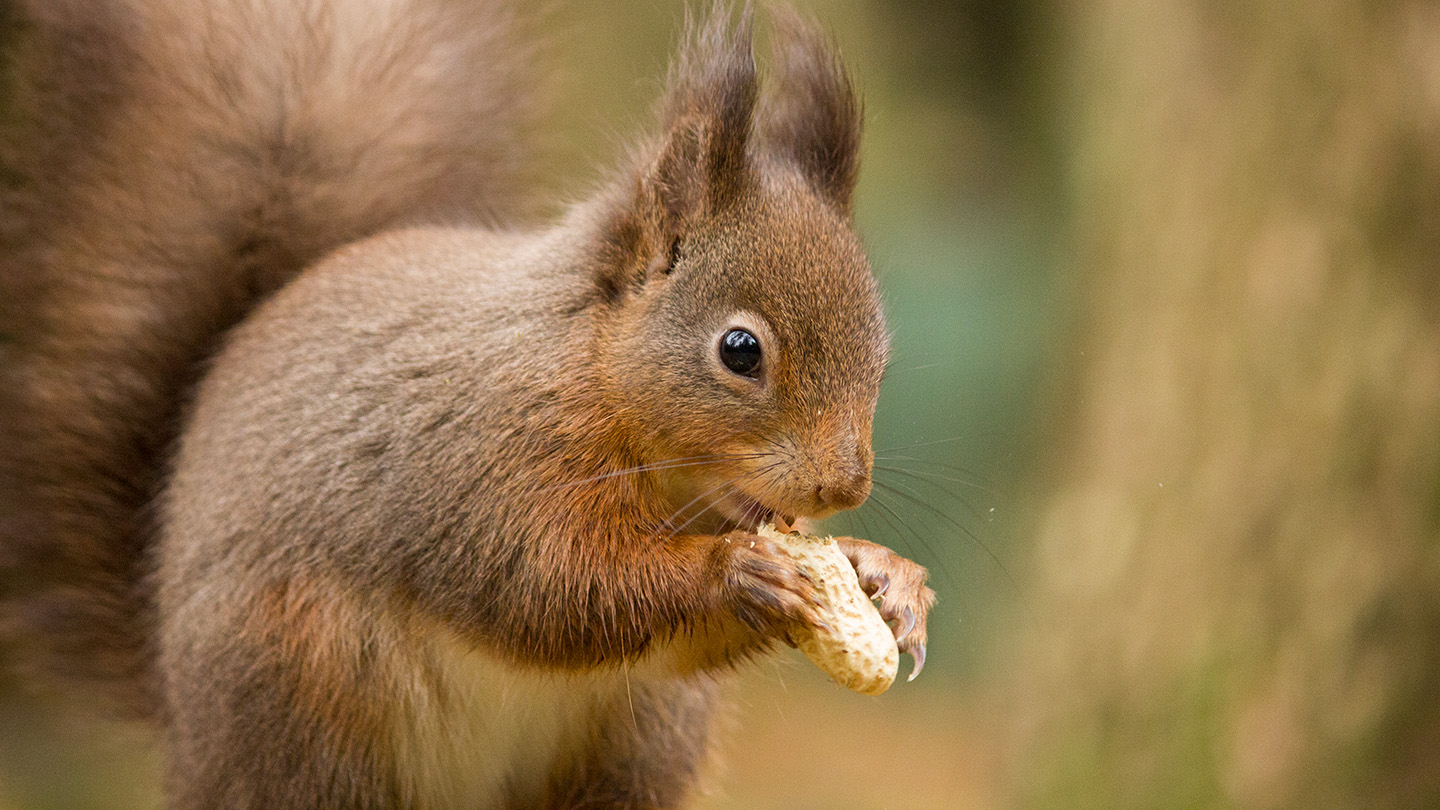Hand-feeding squirrels accidentally changed their skulls

Soft diet, weak jaws. If red squirrels eat too many peanuts, their jaws end up weaker than the jaws of squirrels eating natural diets, researchers report January 15 in Royal Society Open Science. The results show that supplemental feeding can produce changes in squirrel morphology, potentially affecting their future success.
The red squirrel (Sciurus vulgaris) has a dedicated fan base in Great Britain. “They are the native squirrel for the U.K., and yet a large proportion of the population probably has never seen one,” says Phil Cox, an anatomist at University College London.
The fluffy rodents are found in northern England and Scotland, with isolated populations in Wales and a few offshore islands. They rely on pine nuts, hazelnuts, chestnuts, acorns and yew. But one population in Formby — a town on the west coast of England between Liverpool and Bristol — also received a little dietary help. From the 1990s through the late 2010s, these squirrels got up to 50 percent of their food in the form of peanuts from conservationists and adoring tourists. Peanuts are easier for squirrels to eat than well-armored pine nuts or hazelnuts.
The red squirrel is protected, so scientists curious about the impact of its diet looked at specimens that had been donated to the University of Edinburgh by conservationists who had found deceased squirrels. The team analyzed the shape of 113 skulls and 387 jaws, measuring their likely bite force. The Formby skulls were flatter than skulls from Scotland, and their jaws had muscle attachments closer to the joint — both features that indicate a less efficient bite.
The weaker bite occurred within only a few years, Cox notes, which means it could be a developmental response to soft food. “We know that bone can and does respond to its mechanical environment,” he says. Indeed, the skulls of animals that lived in the late 2010s, after squirrel caretakers reduced peanuts in the late 2010s, looked more like those of their northern counterparts, showing the animals could be getting their bite back.
It shows that human feeding can cause changes in the fed animals — right down to the bone — and that wildlife managers should take the toughness of food into account along with nutrition. “If you were feeding them food of such sort of mechanical properties that they really did lose the ability to bite very hard at all,” Cox says, “it might take a long while to come back from that.”
Source link

